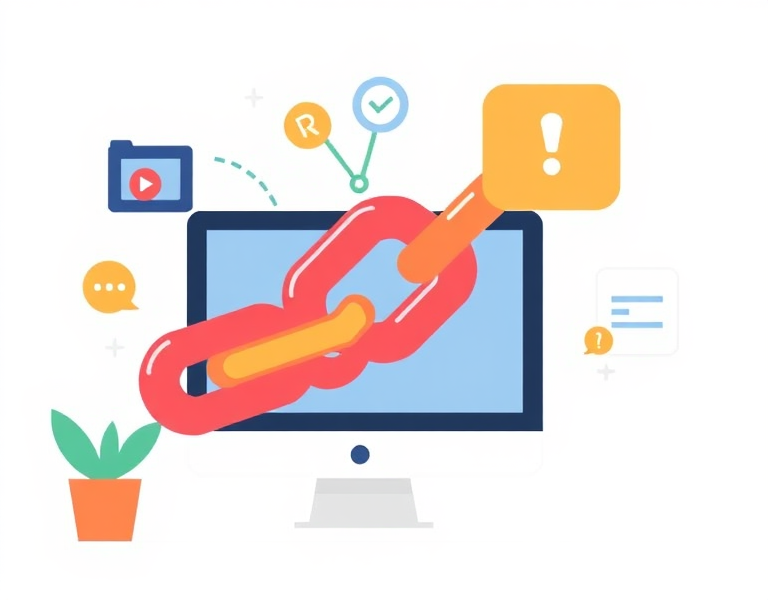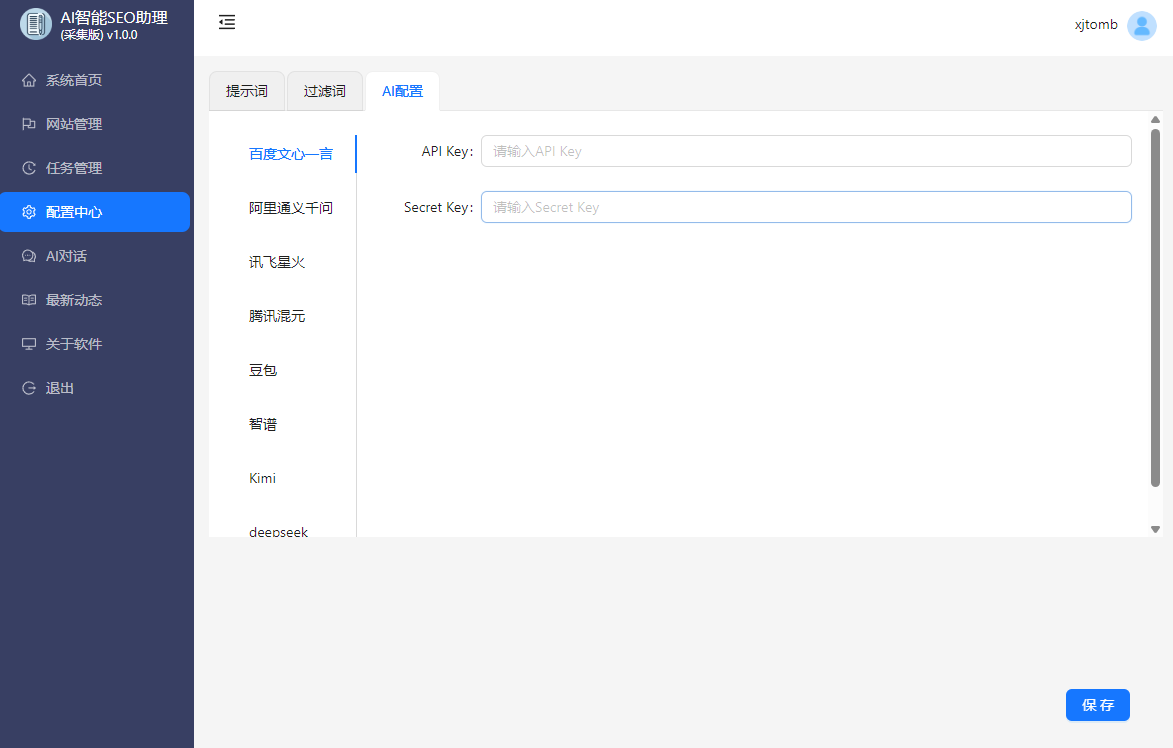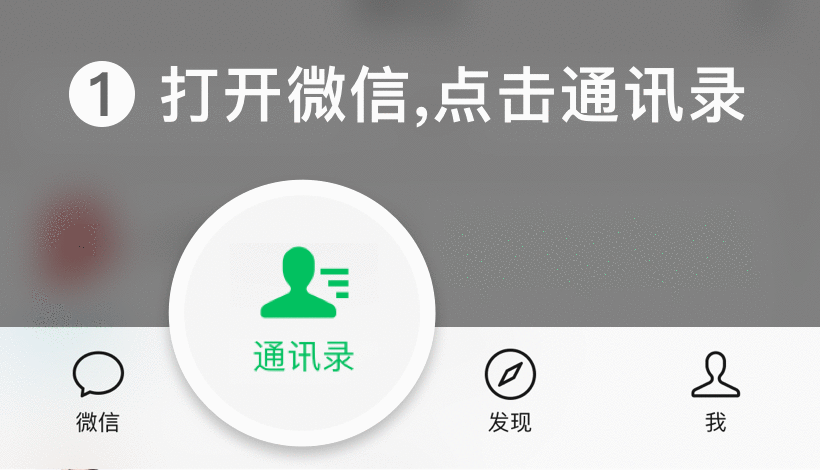< lang="en">
Understanding the Role of Internal Links in SEO Optimization
Internal linking plays a crucial role in the world of SEO optimization. As a seasoned website owner and SEO expert with over a decade of experience, I have observed firsthand the impact that internal links can have on the visibility and ranking of a website. In this article, I will delve into the mechanics of internal linking, its significance in SEO, and provide actionable insights and recommendations to enhance your website's performance.
The Basics of Internal Links
An internal link is a hyperlink that connects one page on a domain to another page within the same domain. These links are an essential part of a website's architecture and navigation structure. When you click on an internal link, you are directed to a different page on the same website without leaving the domain.

Internal links are often found in the website's navigation menu, footer, sidebar, and within the content of a page. They serve several purposes, including improving user experience, enhancing website structure, and aiding in SEO efforts.
Enhancing User Experience with Internal Links
One of the primary functions of internal links is to enhance user experience (UX). By providing relevant and contextually appropriate links within your content, you make it easier for visitors to navigate your website and find the information they are looking for. This can lead to higher engagement, longer visit durations, and lower bounce rates.
For example, if you have a blog post about the benefits of SEO, you might include internal links to other related articles, such as guides on keyword research or on-page optimization. This not only helps users explore more content but also demonstrates your website's expertise on the topic.
Structural Benefits of Internal Links
Internal links also play a critical role in the structural organization of a website. They help establish a clear hierarchy and allow search engines to understand the relationships between different pages. This is especially important for larger websites with extensive content.
By creating a logical structure through internal links, you can ensure that important pages receive more link equity and have a better chance of ranking well in search engine results pages (SERPs). This is where the concept of link equity, also known as link juice, comes into play.
Link Equity and Its Importance
Link equity refers to the value or "juice" passed from one page to another through internal links. When a page has a high link equity, it means that it has more authority and is more likely to rank well for relevant keywords. This is because search engines like Google use internal links as a signal of a page's importance and relevance.
By strategically placing internal links, you can distribute link equity throughout your website, ensuring that all pages have a fair chance of ranking. This is particularly beneficial for new or less-optimized pages, as they can benefit from the link equity of well-established, high-authority pages.
Best Practices for Effective Internal Linking
As with any SEO strategy, there are best practices to follow when implementing internal linking. Here are some key recommendations:
- Use Relevant Anchor Text: Ensure that the anchor text (the clickable text in a hyperlink) accurately reflects the content of the linked page. This helps search engines understand the context and relevance of the link.
- Optimize Link Placement: Place internal links in areas where they are most likely to be clicked, such as within the first paragraph of a blog post or in the conclusion.
- Limit the Number of Links per Page: Avoid over-linking, as it can be seen as spammy by search engines. A good rule of thumb is to keep the number of internal links on a page under 100.
- Use a Logical Structure: Organize your website's content in a way that makes sense to both users and search engines. This includes using categories, tags, and a clear navigation menu.
- Monitor Your Links: Regularly check your internal links to ensure they are working correctly and leading to the intended pages.
Tools and Resources for Internal Linking
As an SEO professional, I recommend using tools like Google Search Console and Ahrefs to analyze your website's internal linking structure. These tools can help you identify broken links, over-optimized anchor text, and opportunities for improvement.
Additionally, the use of an AI-powered SEO assistant tool can streamline the process of internal linking. By leveraging AI, you can gain insights into the best practices for internal linking and receive recommendations for optimizing your website's structure and content.
Conclusion
Internal links are a vital component of SEO optimization. They not only enhance user experience and website structure but also play a crucial role in the distribution of link equity and the ranking of your pages in search engines. By following best practices and utilizing the right tools, you can optimize your internal linking strategy and improve your website's overall SEO performance.
Remember, the key to successful internal linking is to create a user-friendly and logically structured website that passes value throughout its content. With a well-executed internal linking strategy, you can take your website's SEO to the next level.
专业AI原创文章批量自动生成工具,支持多种CMS,站群内容一键式管理分发,支持多任务创建,自动根据文章内容关联配图,AI智能SEO助理www.ai-seo.cc


